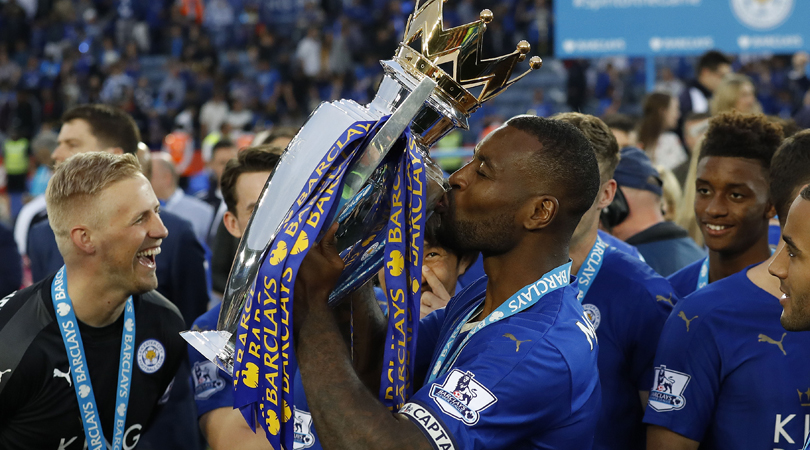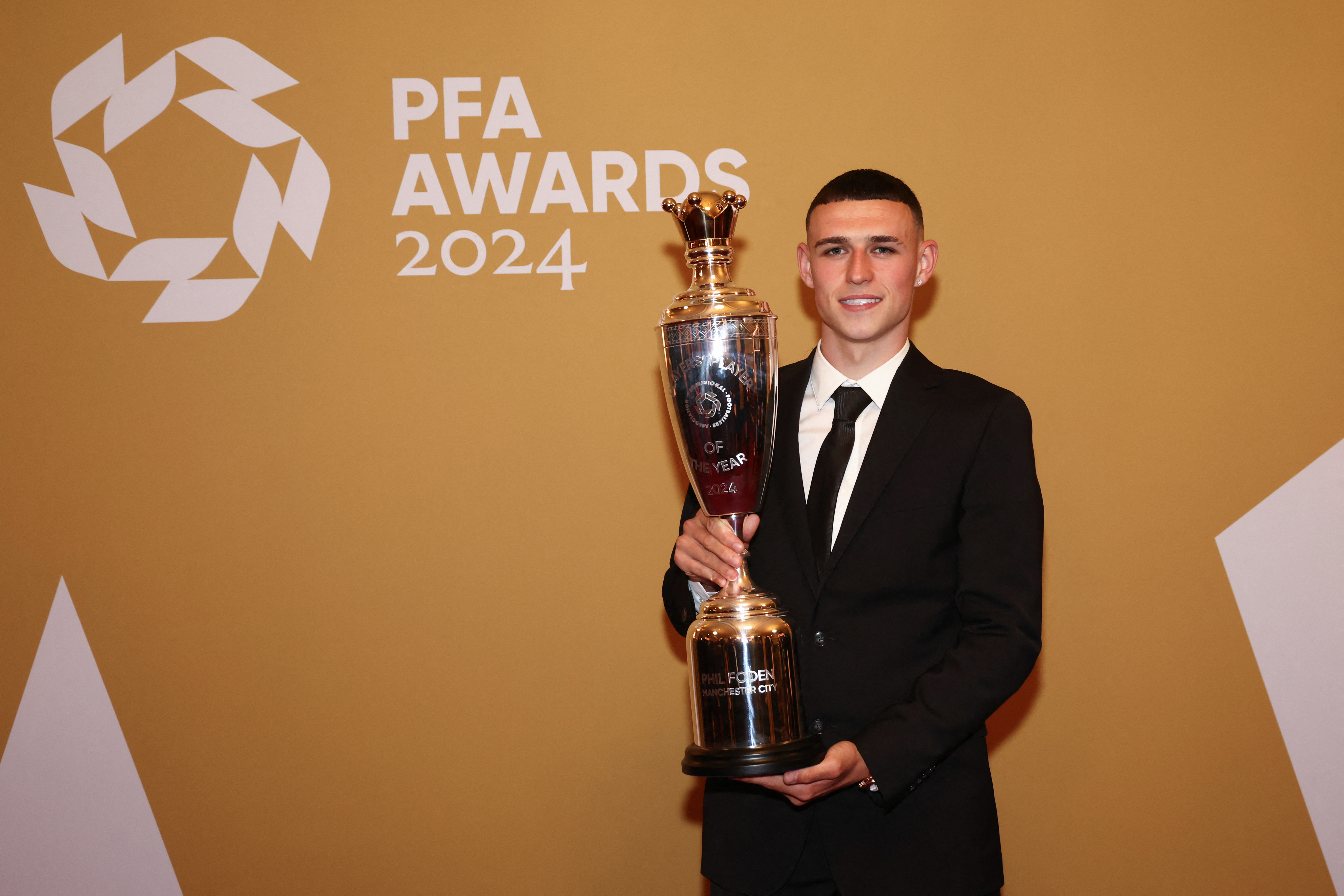What Adam Lallana’s Liverpool rebirth can teach us about football
The Englishman struggled under Brendan Rodgers and his inability to last a match became notorious, but he’s now thriving under Jurgen Klopp against all expectations, writes Alex Hess…
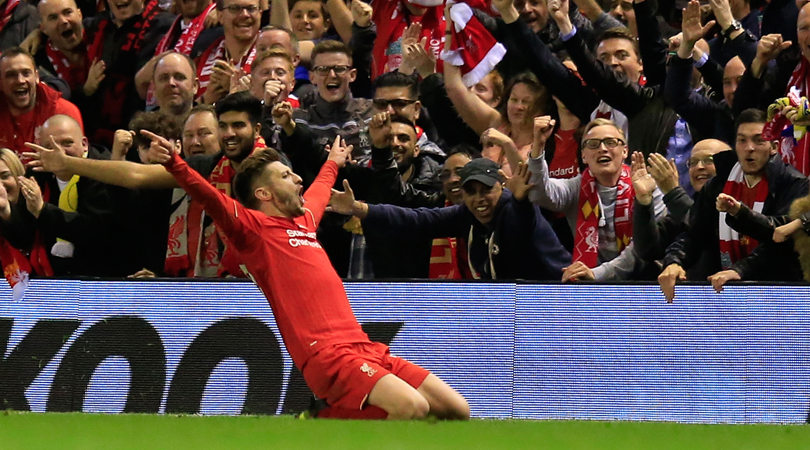
It quickly became a running joke at Anfield, whenever Adam Lallana was picked to start a game: the near-clockwork predictability with which he would be substituted off.
Throughout his first season and beyond, the sight of a resigned-looking Lallana trudging towards the touchline midway through the second half almost became a source of reassuring familiarity to Anfield regulars.
A small thing, maybe, but one that was symptomatic of a couple of bigger ones: most obviously that the £25m playmaker was so frequently ineffectual. But also that for a professional athlete he seemed remarkably short of athleticism. When it came to stamina and durability, the suspicion was that his frail frame couldn’t handle much more than an hour of elite-level football at once.
Flop under Klopp?
There was good reason that he was one of the few names everybody seemed to agree was in jeopardy when Klopp was appointed manager in October
Much had been expected of Lallana, whose hefty price tag in the summer of 2014 reflected two seasons of consistent top-flight excellence at Southampton. But the defining image of his first year-and-a-half on Merseyside was of him reluctantly making way for a replacement, his impact having rarely extended beyond merely tiring himself out.
Lallana would always be pleasing on the eye, generally showcasing immaculate ball control and a hypnotic dribbling style. But his effect on games was always decorative, never decisive. Precisely two-thirds of his league starts under Brendan Rodgers ended before the final whistle.
There was good reason, then, that he was one of the few names everybody seemed to agree was in jeopardy when Jurgen Klopp was appointed manager in October.
Get FourFourTwo Newsletter
The best features, fun and footballing quizzes, straight to your inbox every week.
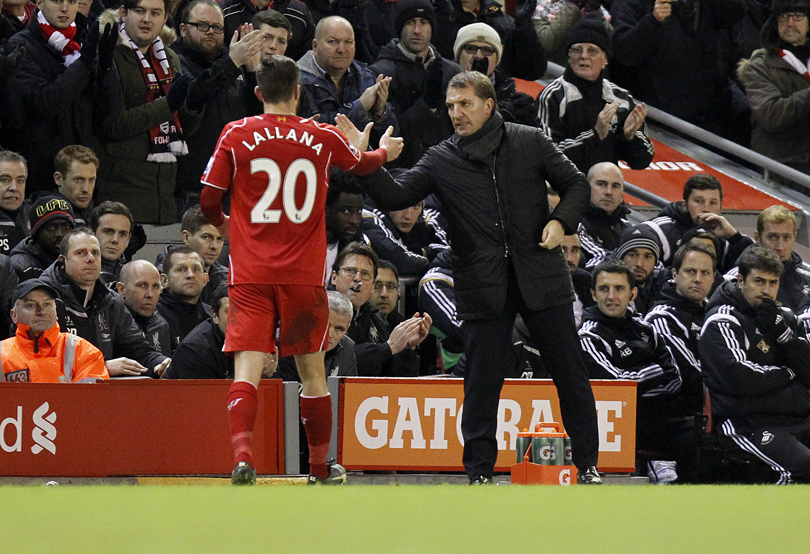
Speculation about how Klopp would take to his new squad varied wildly (depending on who you listened to, Christian Benteke would either be reborn as Robert Lewandowski Mk II or rot in the reserves due to his lack of pace) – but the one recurring theme was the physical demands he placed on his players.
Call it gegenpressing, call it ‘closing down’ – the tactical setup employed by Klopp during his time at Borussia Dortmund had become the subject of fascination and wonderment to many. And rightly so: the intensity with which his teams stalked their opponents, generally within sight of their goal, not only created a unit far greater than the sum of its parts, able to keep pace with the Bayern Munich juggernaut, but was a dazzling spectacle too.
We will conquer the ball, each f***ing time. We will chase the ball. We will run more, fight more
What struck when watching Dortmund was the extent to which the players – the attackers especially – were required to run themselves into the ground, game after game. Klopp’s tactics hinged on his forwards being able to set the tempo with a tightly coordinated routine of waspish ball recovery.
As he outlined on his unveiling, this blueprint of barely controlled aggression would remain in place at Anfield: “We will conquer the ball, each f***ing time. We will chase the ball. We will run more, fight more.”
2012/13 (Southampton): 26 + 4 apps, 3 goals, 6 assists
2013/14 (Southampton): 39 + 2 apps, 10 goals, 8 assists
2014/15 (Liverpool): 32 + 8 apps, 6 goals, 4 assists
2015/16 (LIVERPOOL): 36 + 11 apps, 3 goals, 8 assists
Klopp’s profane war cry might have delighted the fans but it hardly spelled good news for the languid, rakish Lallana, whose boy-band looks and broad repertoire of cul-de-sac Cruyff turns had come to encapsulate all of Liverpool’s worst post-Suarez shortcomings; a team painfully lacking in belligerence, ruthlessness and goals.
And initially, things played out much as everyone expected: he was in and out of the side in Klopp’s early months; four of his first five outings under the German ended when his number flashed up at the touchline. For Lallana it seemed like a case of ‘Meet the new boss, same as the old boss’.
Times change
Domestically, he has been fundamental to Liverpool’s emphatic wins over Chelsea, Manchester City (home and away), Southampton and Everton – lasting the full 90 minutes each time
Six months on, though, life under the new boss isn’t the same at all – it couldn’t be much more different. What’s been most notable, as the early stages of the new regime have fallen into place, isn’t that Lallana has survived to play a part under Klopp – it’s that he’s been cast in a starring role.
Domestically, he has been fundamental to Liverpool’s emphatic wins over Chelsea, Manchester City (home and away), Southampton and Everton – lasting the full 90 minutes each time – and notched the injury-time winner in January’s 5-4 epic at Carrow Road.
In Europe, he’s been ever-present during the club’s riveting progress through the Europa League knockout stages, with his form reaching its pinnacle in tandem with his team’s, as Villarreal were demolished in sumptuously frenetic style last Thursday.
That game, more than any other so far, saw the Klopp blueprint in full effect, with the opposition left overwhelmed and overawed by Liverpool’s relentless hounding. As Pauline Kael said about Star Wars, simply sitting down and watching it felt “like taking a pack of kids to the circus”.
And amid it all, it was faintly staggering to note that the charge was being led by the waif-like playmaker who just months ago seemed like yet another big buy gone wrong at Anfield.
Have a little patience
The short lesson here is that attempting to predict the future is only likely to make mugs of us all
Instead, that one-paced no-hoper seems to have transformed into his own evil twin: destructive, diligent and finally dealing in tangible end product.
Somewhere along the line he has unearthed an explosive acceleration that had never been hinted at before. And those substitutions, once the punchline to a million “death, taxes” jokes, are becoming ever rarer: just the four in his last 15 starts.
This season’s upturn is reflected in all the relevant metrics – he’s up on last term’s goals and assists, as well as key passes, fouls, tackles and interceptions – and there is also the less quantifiable but starkly apparent fact that this is a footballer thrumming with self-belief and conviction. It would be no exaggeration to say Lallana has been the standout player of the Klopp regime thus far.
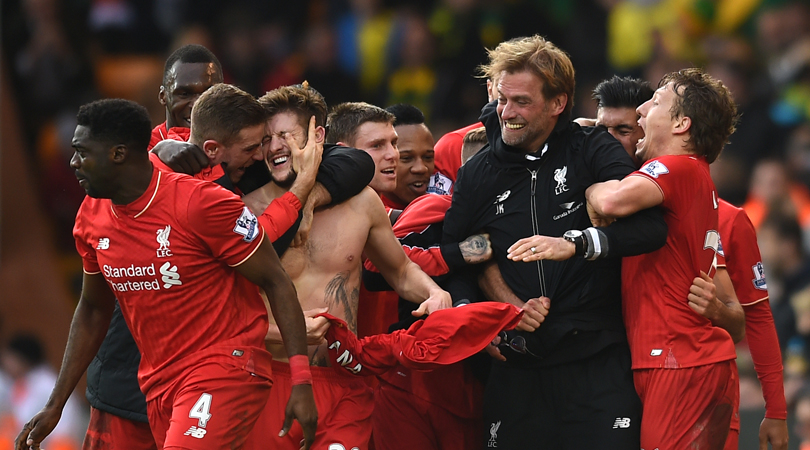
The short lesson here is that attempting to predict the future is only likely to make mugs of us all. The slightly longer one – to be taken in conjunction with the similarly steep improvements of Divock Origi, Joe Allen and Dejan Lovren – is that it’s too easily forgotten amid today’s constant swirl of transfer speculation that the central duty of any coach’s remit is exactly that: to coach.
Or as Klopp said in October: “It is only [in England] that money is such a big thing. It’s money, money, money. But you don’t have to spend all the money. You can hold it and make something else.”
Those words were perhaps a tad more prescient than he might have liked, given how Leicester City have spent the ensuing months making all the division’s big spenders – Liverpool included – look rather silly indeed. And yet Klopp’s inaugural half-season has still shown how transformative the effects of good coaching can be – and how quickly they can be implemented.
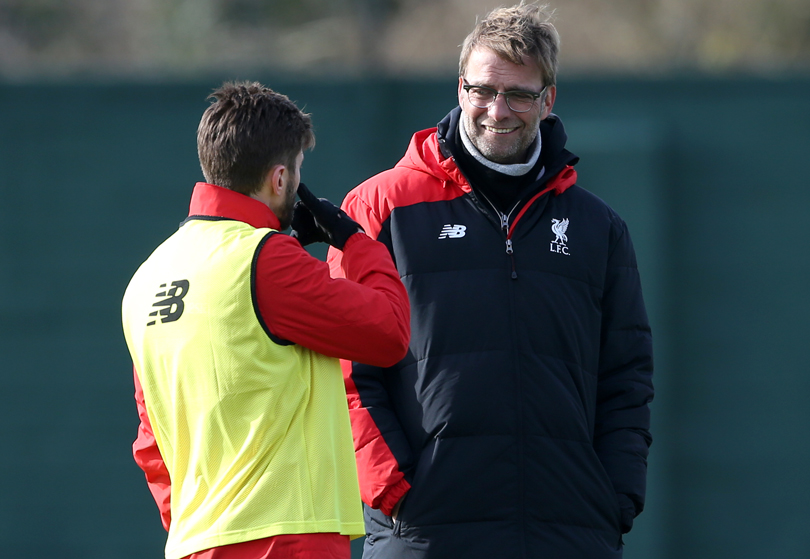
Follow the leaders
It’s a notion in keeping with a season when the greatest success stories – Claudio Ranieri’s Leicester, Mauricio Pochettino’s Tottenham – have been triumphs of coaching and of managers working with what they’ve got, while in the background the league’s cash-rich powerhouses have all come crashing to earth in a bizarre mass-tailspin.
Klopp’s short time in England has given reason to believe that similar feats might yet occur at Anfield – and while Lallana’s resurgence is not the only sign of that, it could well be one of the surest.
